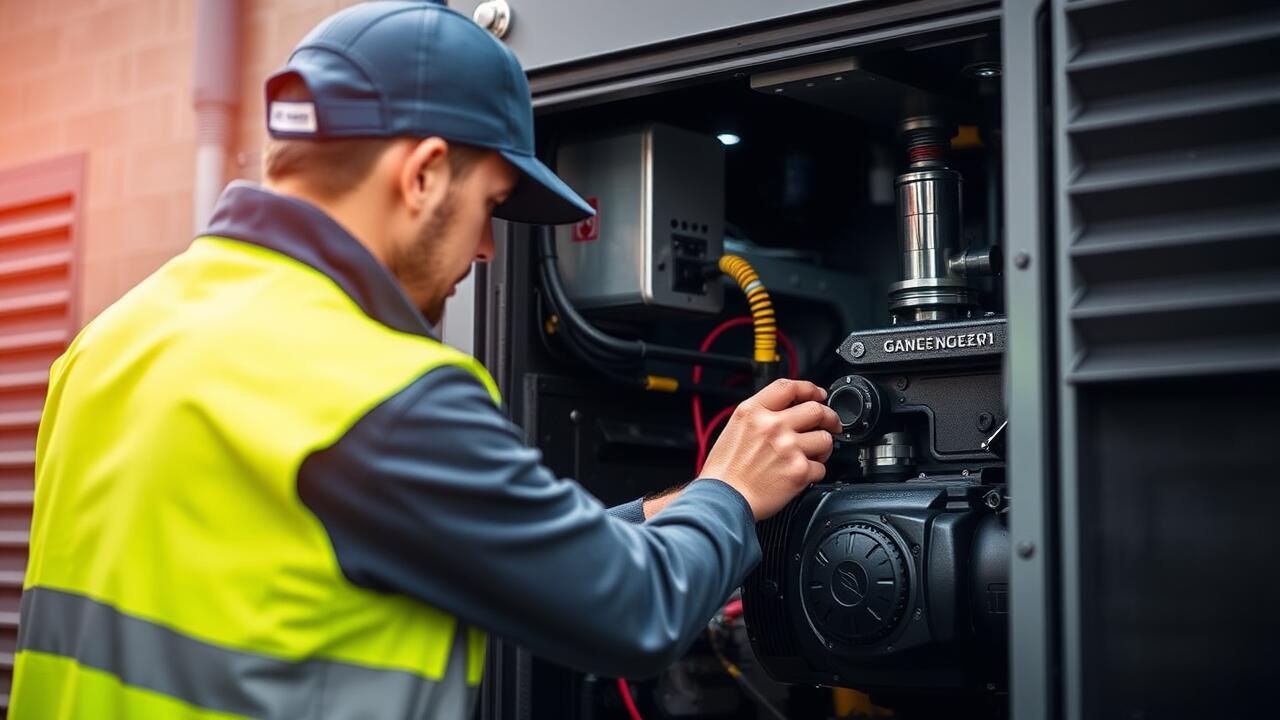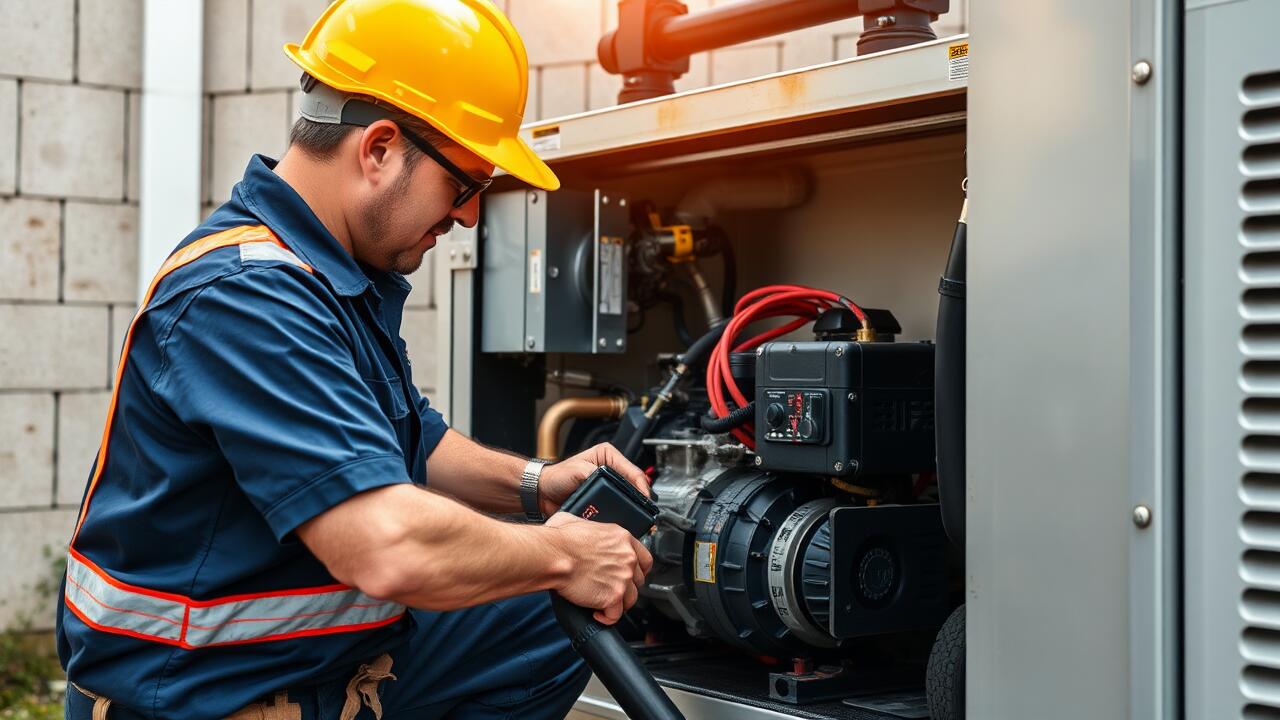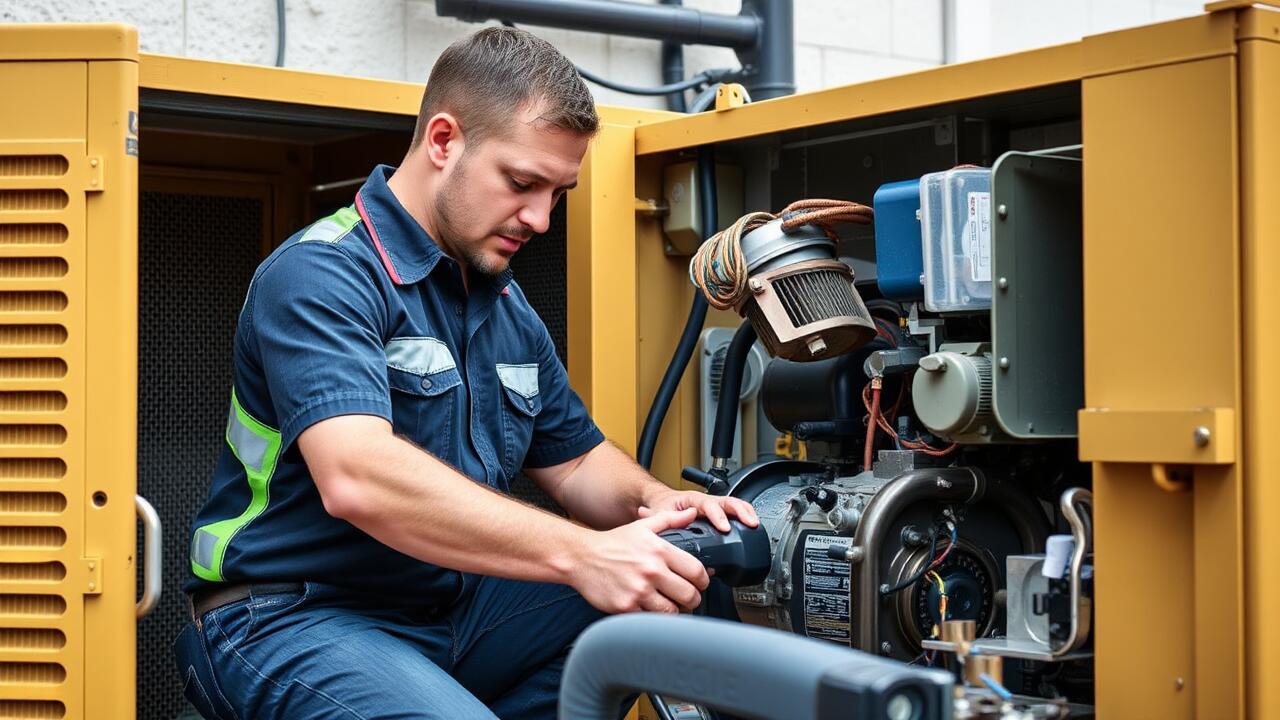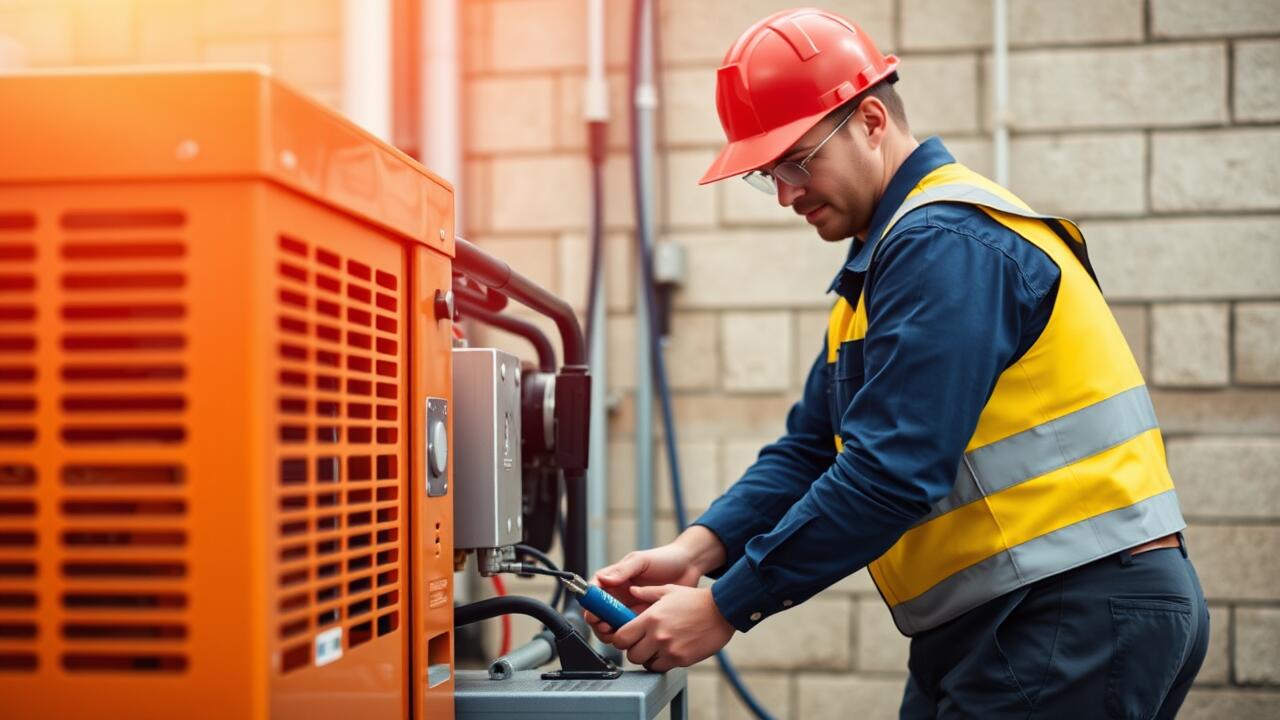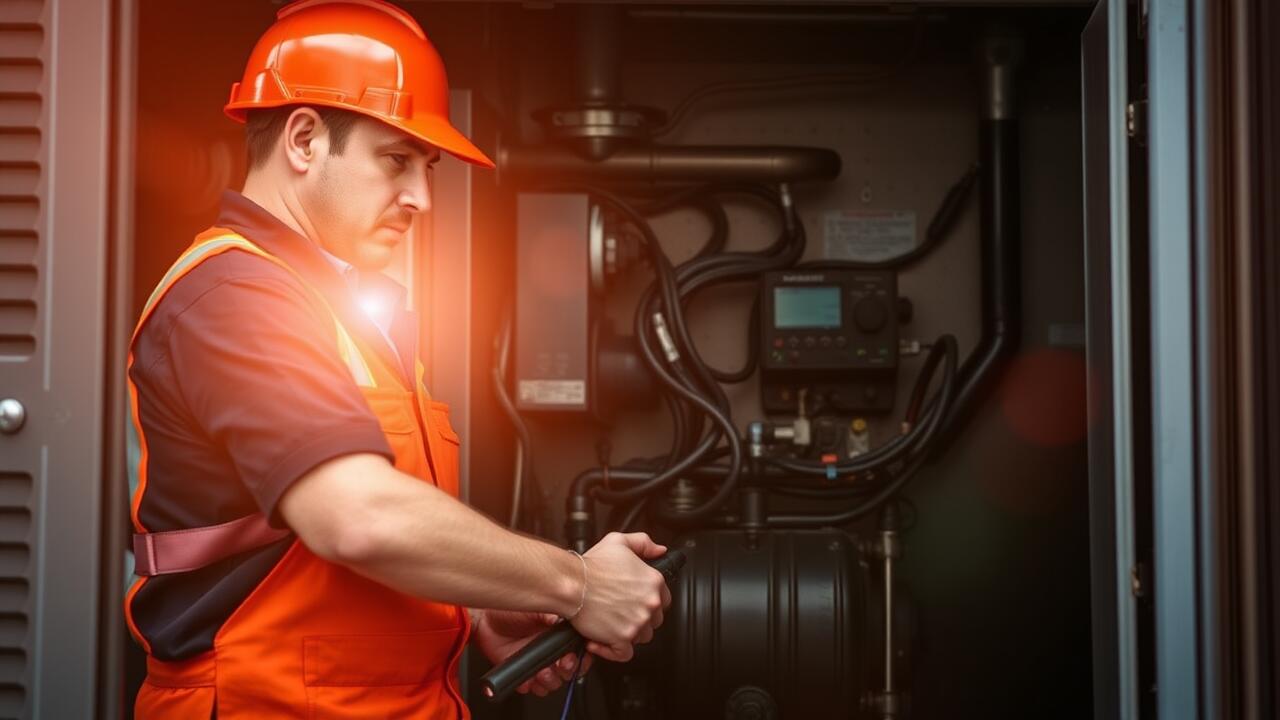
Proximity to Utility Connections
When planning the installation of a generator, proximity to utility connections plays a critical role in ensuring efficient operation. The distance between the generator and the main electrical panel can significantly affect the installation's complexity and overall effectiveness. Ideally, the generator should be placed as close as possible to the point where it will connect to the home’s electrical system. This minimizes the length of wiring needed and reduces potential voltage drops, ensuring optimal performance.
Generator Installation West University Place, Houston often requires careful consideration of existing utility lines, such as natural gas, electricity, and water. Clear pathways for these connections can enhance accessibility for maintenance and emergency situations. Choosing a location that simplifies these connections not only streamlines the installation process but also ensures compliance with local codes and regulations. Properly planning the generator's proximity to these utilities can save time and money in the long run.
Ensuring Efficient Hookups
When planning for generator installation in West University Place, Houston, proper placement is essential for efficient hookups. A proximity of about 5 to 20 feet is generally recommended for gas and electrical connections. This distance minimizes the need for extensive wiring or piping, which can lead to increased installation costs and complexities. Additionally, considering the layout of your property helps determine the most effective position for the generator, ensuring that it connects seamlessly to your home’s electrical system.
Access to the generator for maintenance and fuel refilling plays a significant role in efficient installations. Installers should ensure that the generator's location allows for easy access without obstacles. Adequate space also aids in proper ventilation and compliance with safety regulations. Local regulations in West University Place, Houston may impose specific requirements regarding distances from structures and property lines, making it vital to consult with professionals to avoid potential conflicts and ensure a safe, efficient installation.
Landscaping Considerations
When planning for generator installation, landscaping plays a significant role in determining the ideal placement. Vegetation, trees, and other natural elements can affect airflow and noise levels. Adequate space around the generator is necessary to allow for maintenance access and ensure that foliage doesn’t obstruct exhaust flow or air intake. This consideration is particularly important in areas with high humidity, where moisture can accumulate around planted areas.
Installation near gardens or flower beds may hinder growth if vibrations or exhaust fumes affect nearby plants. During the planning phase of generator installation West University Place, Houston, homeowners should assess their landscape for potential challenges. Proper placement can mitigate noise and create a more seamless integration of the generator into the overall design of the property, maintaining the aesthetic appeal while ensuring functionality.
Avoiding Obstructions
When planning the placement of a generator, it's crucial to consider potential obstructions. Trees, fences, and other structures can hinder airflow and access. Adequate spacing ensures that the generator operates efficiently and safely without being surrounded by obstacles that might block exhaust or air intake.
For those in the Montrose area of Houston, proper placement will also help prevent noise interference with nearby homes. Choosing a location that minimizes disturbance can foster better relations with neighbors. Adhering to placement guidelines during Generator Installation Montrose, Houston, will lead to a more effective and harmonious setup.
Consideration of Neighboring Properties
When planning the placement of a generator, it's essential to consider its proximity to neighboring properties. Generators can produce noise during operation, and if located too close to a neighbor’s home, it could lead to disputes or complaints. A good practice is to measure the distance and ensure it's far enough not to disrupt the tranquility of adjoining residences. Additionally, checking local noise ordinances can help gauge acceptable sound levels.
Another important aspect to consider is the potential for exhaust fumes. Ensuring that fumes are directed away from neighboring homes protects air quality and maintains good relations with those living nearby. When considering Generator Installation West University Place, Houston, take into account the layouts of both your property and your neighbors' to identify a suitable location. This proactive approach can prevent misunderstandings and foster a positive community atmosphere.
Maintaining Good Relations
Installing a generator involves not just technical and practical considerations, but also the need to maintain good relationships with neighbors. A generator’s noise, especially during a power outage, can be disruptive. Before proceeding with a Generator Installation West University Place, Houston, it is wise to discuss plans with nearby residents. Notifying them about installation timelines and operational procedures can alleviate concerns and foster a sense of community.
Moreover, understanding local regulations and homeowner association guidelines is key. Some areas enforce restrictions on generator placement concerning noise levels or aesthetics. Adhering to these guidelines helps prevent conflicts and shows consideration for neighborhood standards. Ultimately, clear communication and mindful practices contribute to harmonious living environments while ensuring that your generator serves its purpose effectively.
FAQS
What is the recommended distance to install a generator from a house?
The recommended distance generally varies between 5 to 20 feet, depending on local codes and the type of generator. Always check local regulations for specific requirements.
Why is it important to consider utility connections when installing a generator?
Proximity to utility connections is crucial for ensuring efficient hookups and minimizing the length of wiring needed, which can reduce installation costs and potential voltage drop.
What landscaping factors should I consider when placing a generator?
Consider the layout of your landscape, including trees, shrubs, and other obstructions that could impede airflow or access to the generator. Keeping the area clear can improve safety and efficiency.
How can I maintain good relations with my neighbors when installing a generator?
To maintain good relations, inform your neighbors in advance of your generator installation plans, and ensure that the generator is placed far enough away to minimize noise and emissions.
Are there any regulations regarding the distance a generator must be from property lines?
Yes, many municipalities have regulations concerning the distance a generator must be from property lines. Check with local zoning laws to ensure compliance and avoid potential disputes.

